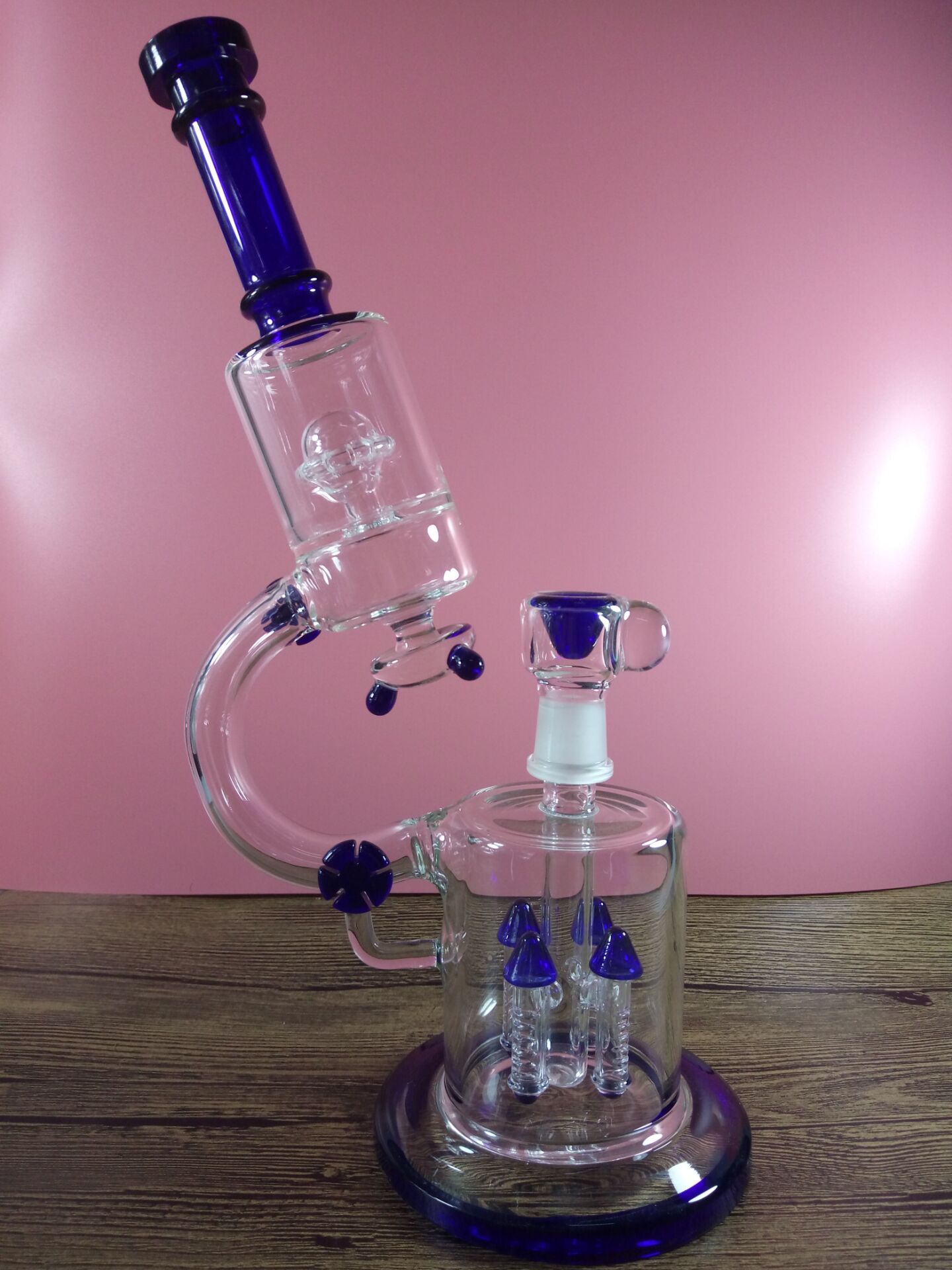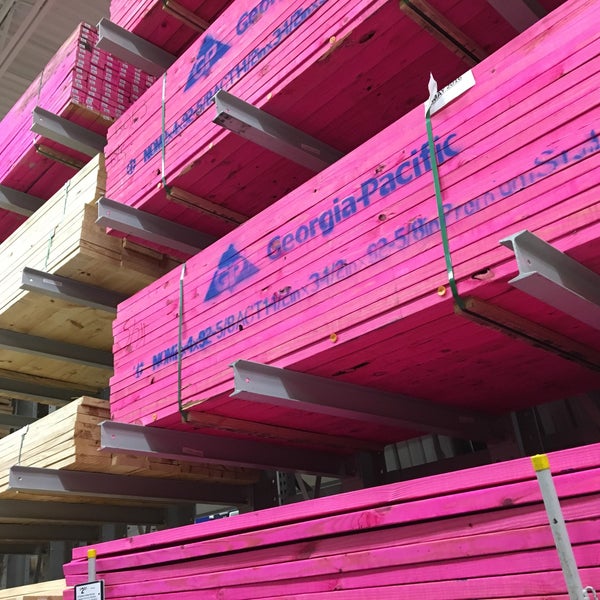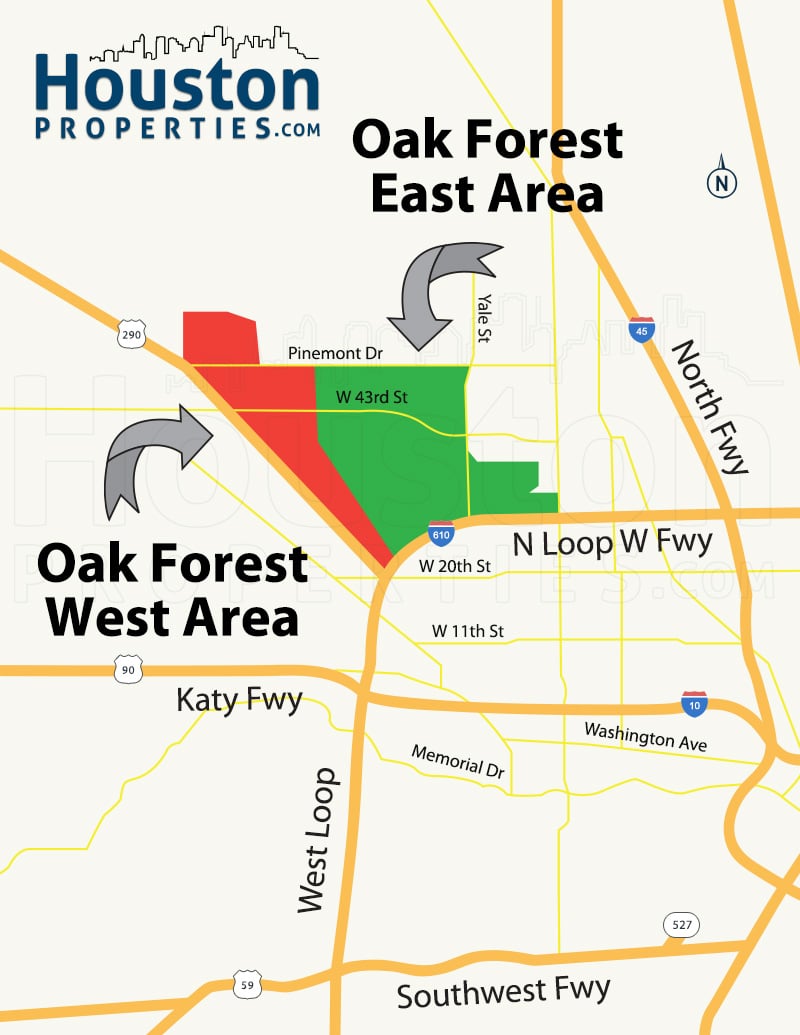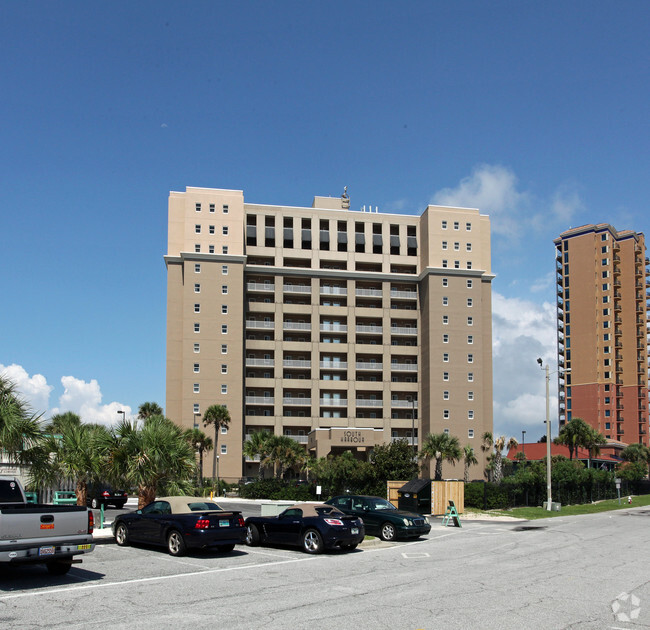Table of Content
Not only can this damage wreck your home — it can also wreck your wallet if left unchecked. Water sensors detect and prevent excess moisture and flooding caused by broken pipes and faulty appliances. A leak detection system typically has sensors, shut-off valves and a centralized hub. The sensors are placed in areas where leaks are common, such as near faucets and beneath water heaters. Any good water leak detector helps catch small leaks before they cause significant damage.
Coloring around the base of the toilet could indicate a worn wax ring, while streaks from the underside of the tank could mean a leaky fill valve, spud washer or bolt gasket. Take the lid off the tank and set it aside in a safe place. Squeeze a few drops of food coloring into the tank so the water achieves a deep color. To effectively stop the toilet from leaking, have it replaced professionally.
How to Get Rust From Well Water Out of a Toilet Tank
To pick our favorite water leak detectors available at the time of publishing, we considered essential water detection technology, alert types, price and customer reviews. This leak detector is versatile and can be used in any room. It can detect as little as 1/32nd of an inch of water, and the alarm sounds for up to three days if it detects a leak. The Watchdog has a 110-decibel alert sound, which is louder than what many of the more costly water leak detectors offer. The most significant benefit of investing in a water leak detector is knowing you’re protected from potential water damage, like mold, sagging structures and other foundational issues.
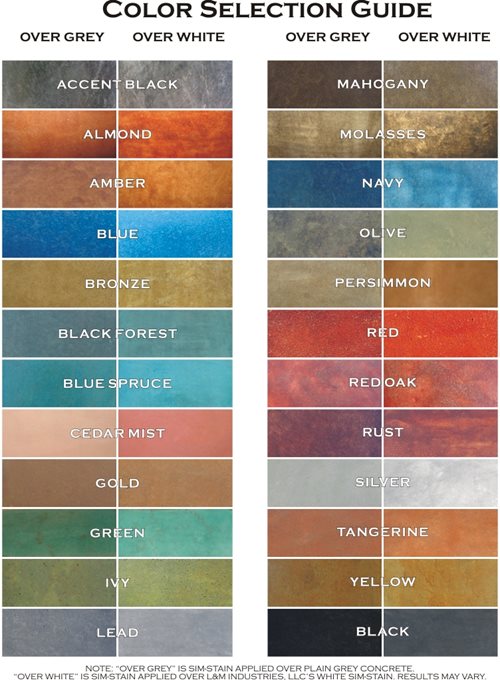
The device requires AA batteries and has an average battery life of up to three years. An unusually high water bill could be a sign of a leak somewhere in your house. If the plumbing in your kitchen, basement or laundry area looks good, the next logical spot to investigate is the toilet. If you don't hear the characteristic running water that stops with the jiggle of the handle, you still may have a silent leak somewhere in or around the commode. Conduct an inexpensive and quick dye test before giving up and calling an expensive plumber.
Our 7 top water detectors
The Fibaro HomeKit sensor immediately alerts your device if it detects a leak or freeze. You can remotely access and control the device from your phone and check the status of leaks and temperature issues with voice commands. If the toilet runs for a long time after being flushed, that’s most likely due to a leaking toilet. If the toilet makes a faint sound of water and it hasn’t been flushed recently—there may also be a leak. If the toilet is exhibiting any of these signs of leakage, contact a plumbing professional to perform a dye test in order to pinpoint the issue before it gets out of hand. Unlike pipes that can obviously drip and create puddles under sinks, toilet leaks are more insidious.
Water leak detectors also help prevent damage caused by tree roots and rapid or extreme temperature changes, which can be difficult to discover on your own before it’s too late. Home leak detector systems trigger an alarm if they detect moisture. Some leak detectors also monitor for changes in acoustics.
Our favorite Wi-Fi water leak detectorResideo RCHW3610WF1001/N Wi-Fi Water Leak Detector
When that constant level is surpassed, any excess water flows down the drain, often without anyone even knowing it. Most smart leak detectors plug directly into an outlet and come with a backup battery that keeps the device powered when utilities are down. Rather than installing moisture or flow sensors, you’ll place the probe on the ground above where you want to check for leaks. You’ll hear a sound in the earphones when the device is near a leak source — the frequency increases as you get closer to the issue.

Standalone models sit on the ground; detectors with probe sensors connect to a cable and are better for tight spaces, such as behind water heaters. Water leak detector prices vary, but you can find these devices from $10 to $20 up to a few hundred dollars — or you can spend thousands on professional-grade equipment. The number of water leak sensors you should get depends on how much space you want to cover. As a general rule, it’s smart to put a sensor under each sink, washing machine, water heater and dishwasher.
STREAMLINE YOUR WORK WITH EASY-TO-SEE, EASY-TO-USE FLUORESCENT & NON FLUORESCENT DYE TRACING
This Fibaro detector includes the water leak sensor and one CR123A battery. The sensor is discreet and easy to install; simply place it on any surface prone to water leaks or flooding and connect it with your Apple Home device. Water-related emergencies and leaks often happen when the power goes off, so it’s a good idea to invest in a smart water leak detector with extended battery life.
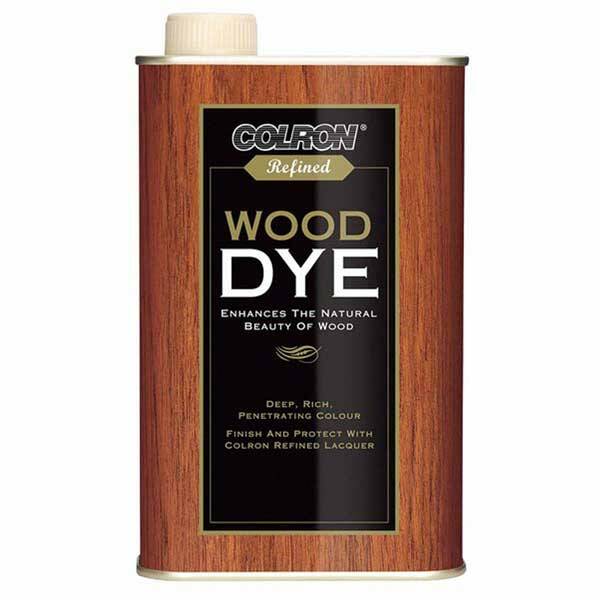
Loose water connectors, rapid temperature changes, clogged lines, broken seals and corrosion are the most common causes of water leaks. If you notice your utility bills are rising but can't find a leak in your home, you may have an underground water leak caused by shifting soil, damage from pests or normal wear and tear. To install a water detection system, you typically place a sensor near any system or appliance that uses water. A water leak detector is typically a system of sensors, valves and a central hub that functions either as a standalone device or with the help of probes.
Sometimes water leak detector installation requires a Wi-Fi or Bluetooth connection. A plumber may need to help if you have a more advanced system with automatic shut-off features. Knowing there’s a leak is one thing, but being able to stop it from damaging your home and belongings is where the real power lies. Many modern detectors combine moisture sensors and leak detection to automatically shut off valves to prevent you from coming home to a big, watery mess.

If there is color, even if it’s light, there’s a leak. Keep in mind that small leaks can become big ones over time, so dealing with the situation now is the best line of defense in terms of saving water. Observe the water in the toilet bowl for any change in color resulting from the dyed water in the tank leaking into the bowl.
The light also makes it easier to find the unit in dark areas under sinks and in water heater closets. The smart water controller plugs into a standard electrical socket and requires a wireless LAN to connect to the app. The water controller must be installed on a potable cold water line with a pipe that’s no larger than an inch in diameter.
If you live in an area where frozen pipes are common, consider investing in a system that detects and alerts you to freezing temperatures. The device can detect leaks in pressure pipes made of any material within two meters of soft soil. This Grohe bundle includes a water controller and three sensors. If the package kit is too pricey, you can purchase the sensors separately — this could be an ideal solution if you only need to monitor a small room. The device’s sensor wires extend up to 6 feet to protect hard-to-reach areas. Observe the paper towel for any color streaks as you wipe different areas of the toilet.
There are plenty of reasonably priced devices (including high-tech models) out there to keep you and your home protected. Basic water sensors alert you only if the primary sensor detects water, but systems with multiple plug-in sensors let you widen your coverage area. Plug-in sensors help cover more ground and monitor more space. Even budget leak detectors should be easy to install and have a loud alarm. It’s a good idea to look for a detector with a 70- to 100-decibel alarm, but you may want one that’s even louder if you have trouble hearing .
